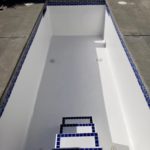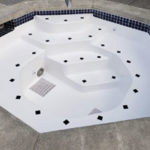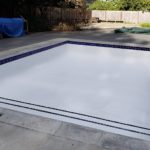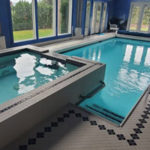A typical concrete swimming pool will need resurfacing once in ten years, and that is also the typical lifespan of concrete floorings both in pools and other surfaces. Professional pool contractors offer convenient pool resurface Las Vegas, and this is done by installing a new layer of concrete gunite to the pool flooring.
Today’s post will show your swimming pools’ steps to undertake.
Essential Pool Resurfacing Process:
- Drain Pool
- Prepare Pool
- Sealing
- Cleanup and Pool Fill
- Water Chemical Balance
Now let’s show you how each step is done.
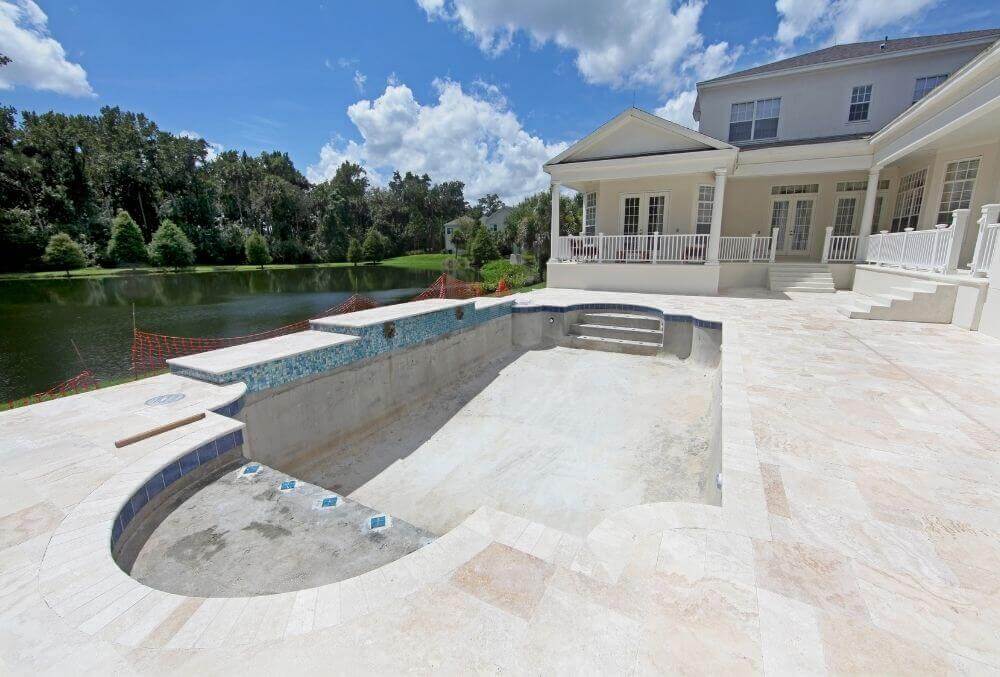
Pool Resurfacing: Five Steps To Follow
1. Drain The Pool
Pool resurfacing involves a step when you need to drain the pool out of its water. Of course, without any guide, you would probably figure out that you need to take out the water to treat the pool flooring.
However, an ordinary homeowner may only drain the pool, and when it’s done, they jump into resurfacing right away.
Here is how a professional pol contractor would approach the first step. First, they ensure that the filter works and the heaters are turned off (if you got pool heaters). They also ensure the water pumps are at rest to prevent water from cycling up the basin.
The important consideration for proper pool draining is ensuring the pool flooring is free of any moisture. There should not be any water pooling on a small surface, and that is to drain the water completely.
That brings us to number two.
2. Prepare The Pool
Few essential pool preparation is already done in the first steps. In the second process, you will be focusing on the plaster that wraps the flooring.
Before applying the concrete gunite or plaster, you have to make the base of the outer slab even, smooth, and damp. Once the concrete pool plaster is installed, the pre-plastered surface must provide an efficient adherence.
The finishing material would adhere adequately only when the pool flooring is well-prepared.
3. Sealing
You are now ready for sealing after polishing and scrubbing the pool floor. The common term for the layer of finishing material attached to the bottom is pool plastering. This is the material that separates the concrete base slab and water to fill the basin of the swimming pool. How long does pool plaster last depends on the pool finishing you’ll choose. You can choose from several options such as the popular pool plaster, pebble tec, glasscoat, and fiberglass pool refinishing.
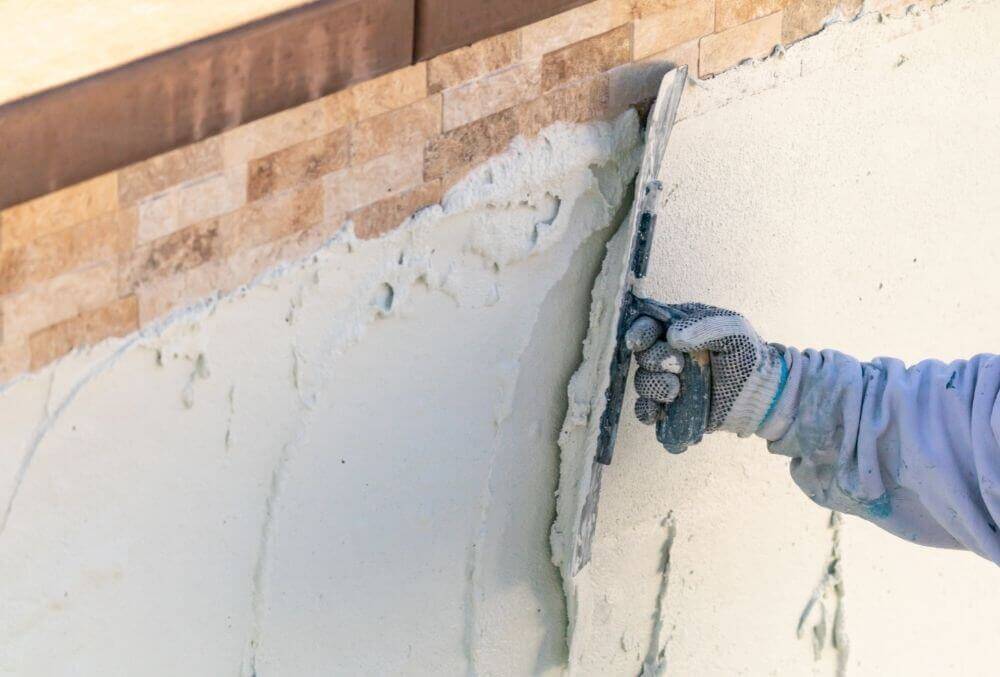
4. Cleanup And Fill The Pool
There are specific steps that would probably make the owner ask whose job is to clean and fill the pool after resurfacing. The obvious answer is that it is the pool contractor’s job to do so.
After the interior flooring of the swimming area is resurfaced, there will be construction residues and debris from the material used to resurface the pool. It’s part of the installer’s job to perform a second wind of cleanup on the newly resurfaced pool flooring or plastering. They knew the exact time when they had installed the plaster, so the contractors could also tell precisely when they would fill the basin with water.
Timing is essential. The owner and the pool maintenance staff must know when the resurfaced material has fully cured. The plaster must solidify and adhere to the surface properly before filling the pool with water.
Curing the flooring material well ensures the prevention of cracks and other potential damages.
5. Water Chemical Balance
The last step for pool resurfacing is getting the right water chemistry. This final step is essential in the entire pool resurfacing process. The chemical that keeps the balance salinity of the pool water contains acid, salt, and other components that could create or break the plaster and gunite.
Too much chlorine in the water can cause staining that may be irreversible once they emerge on the surface.
Conclusion
The steps to pool resurfacing requires accuracy and precision that only professional pool contractors can handle. If you opt to DIY, be sure that you have the proper skills and knowledge.
